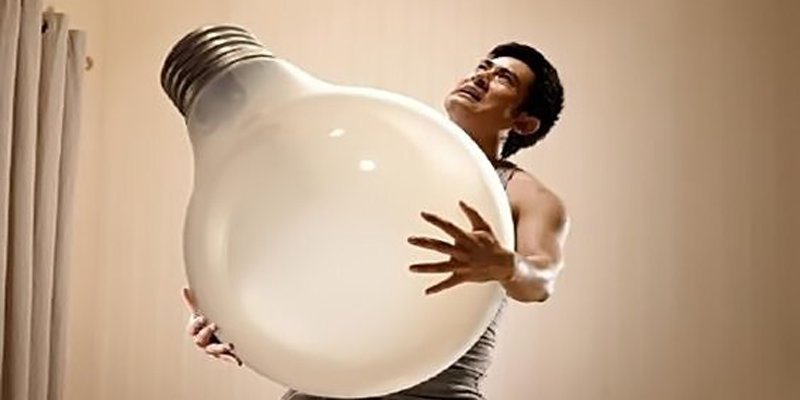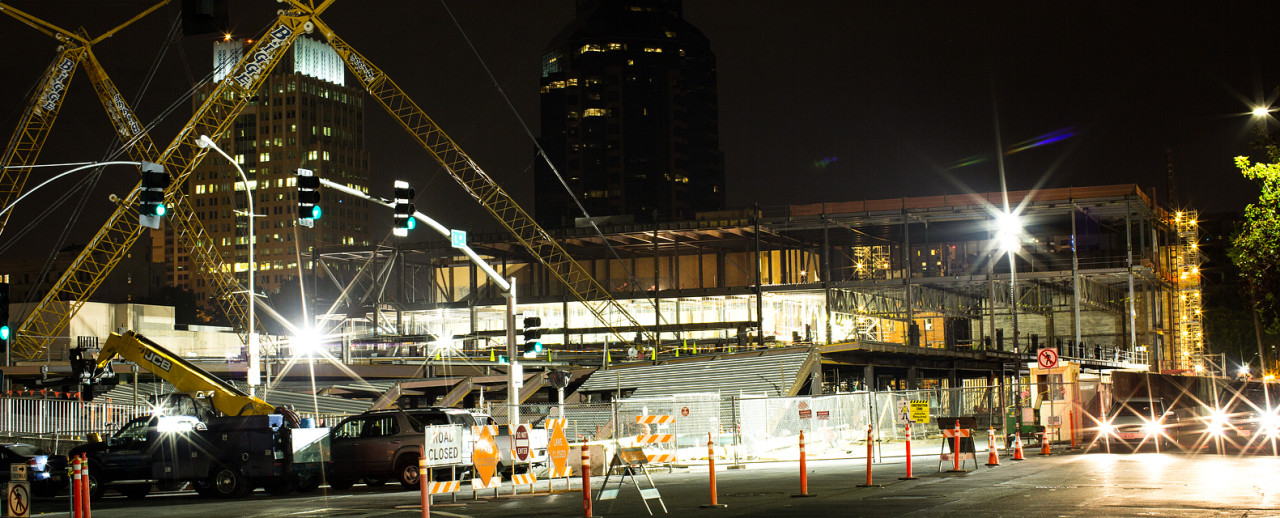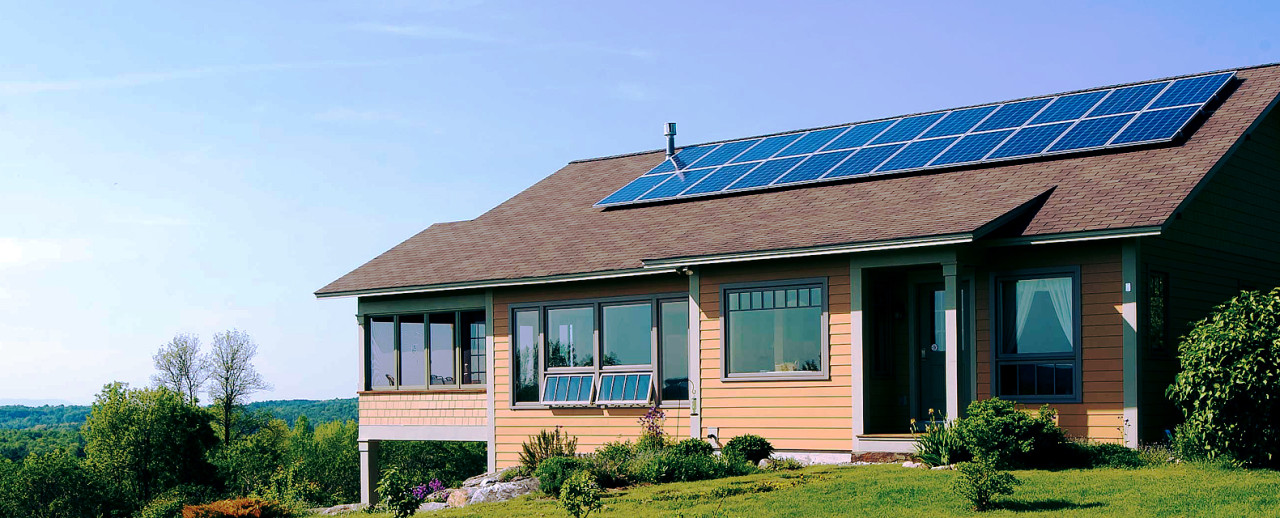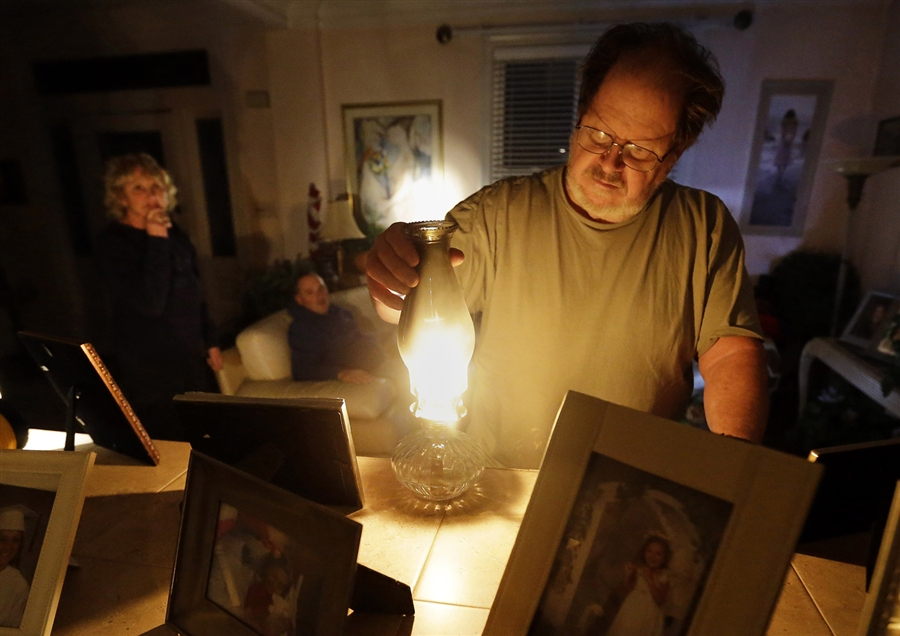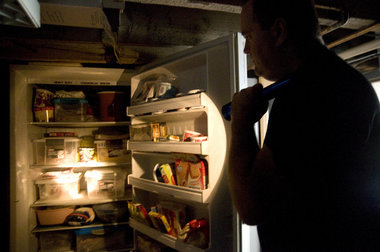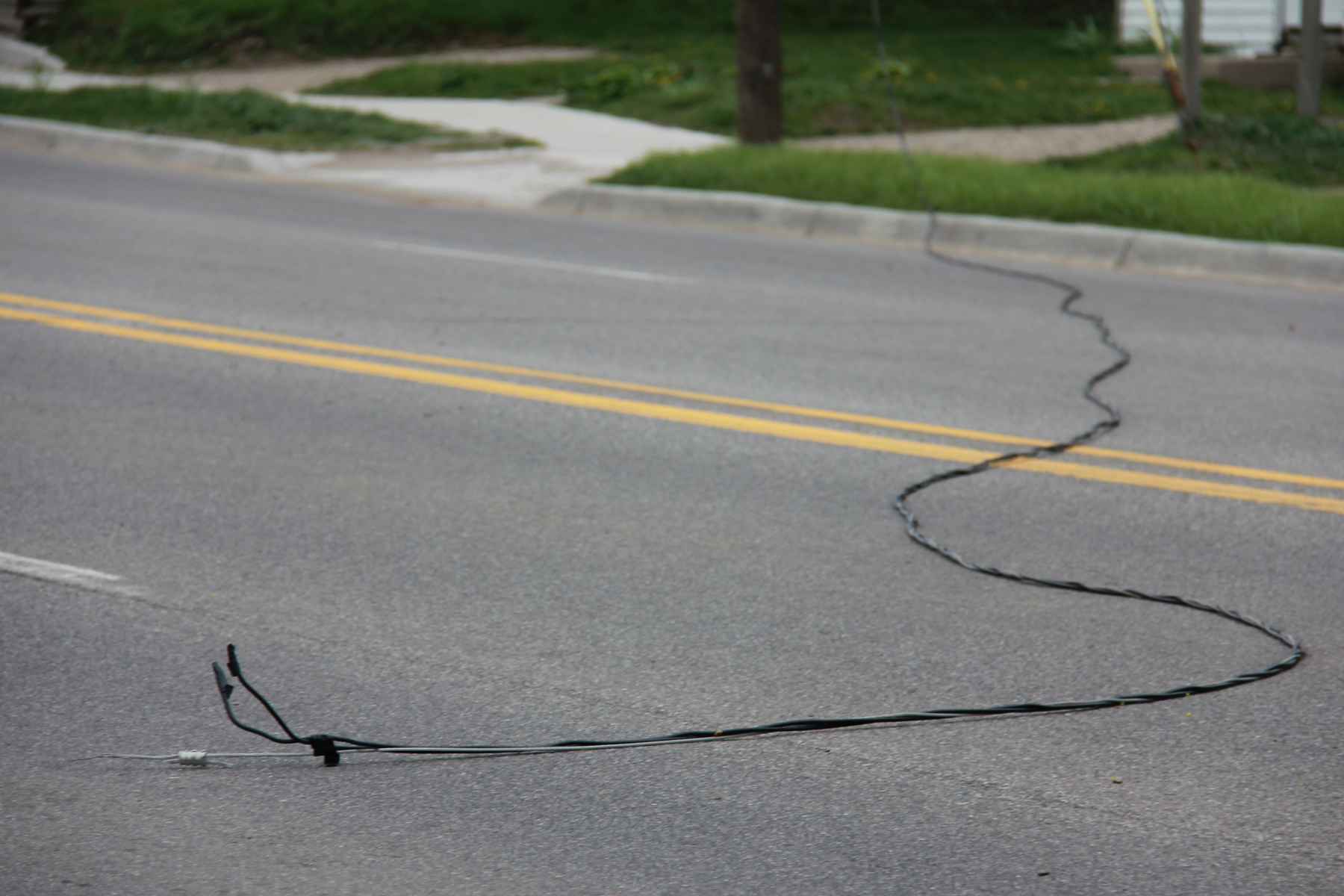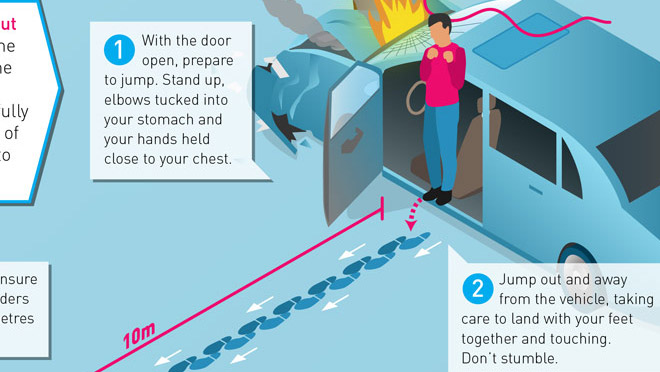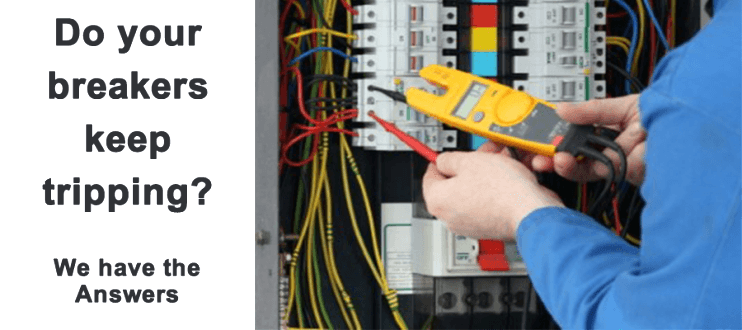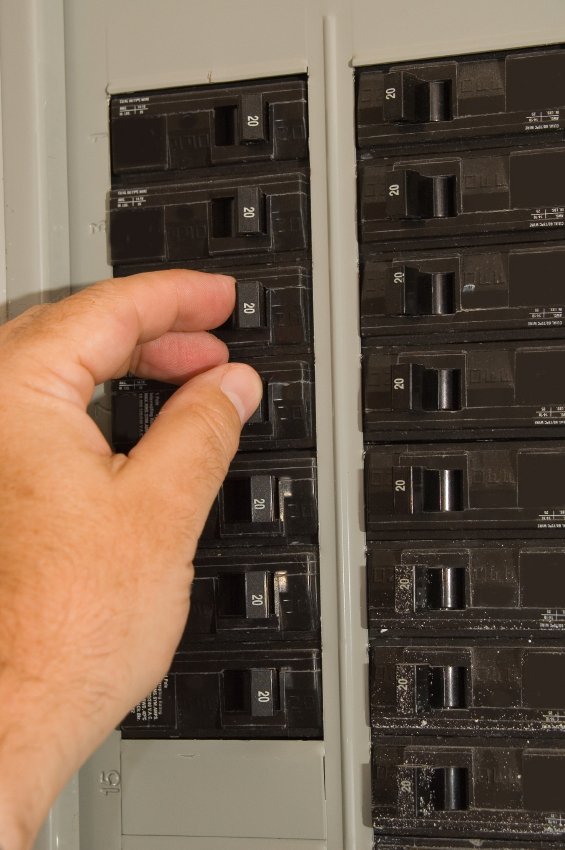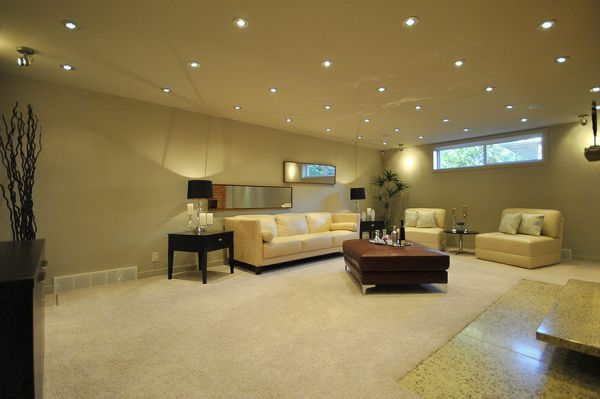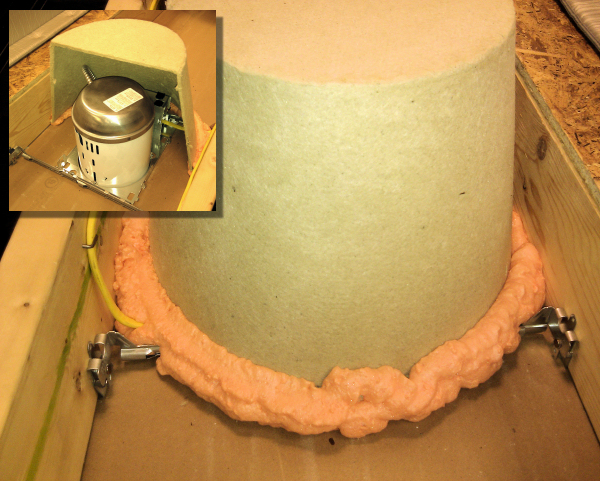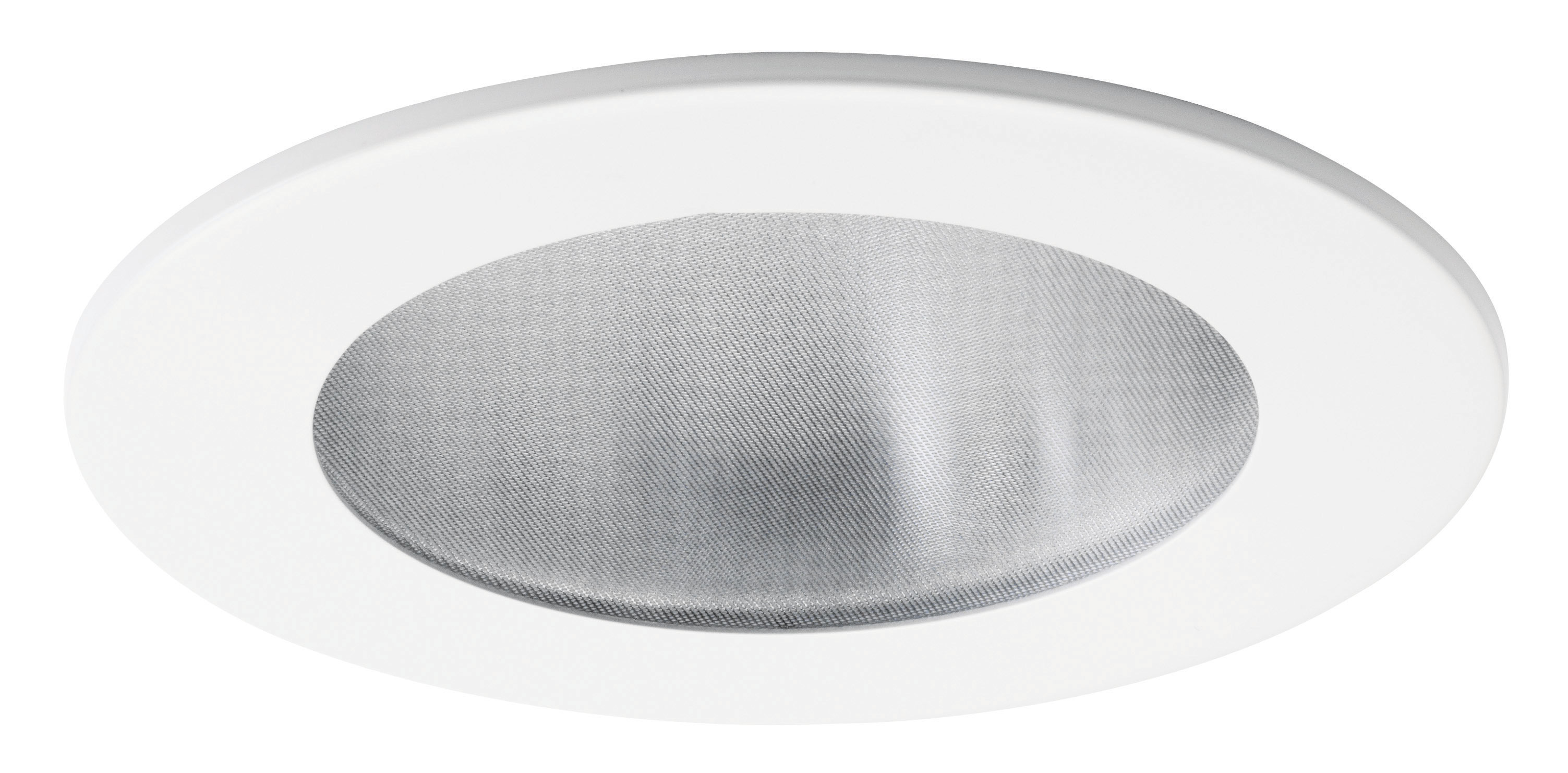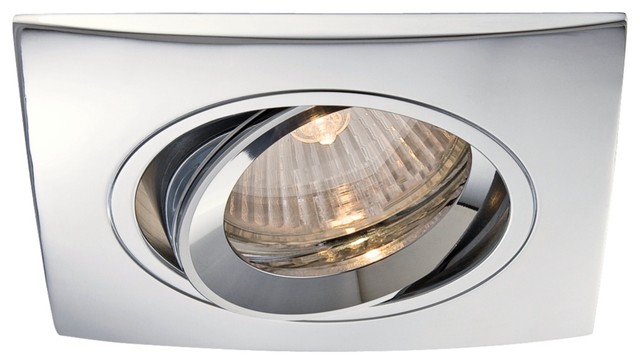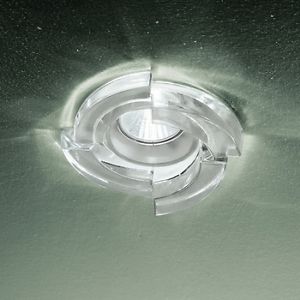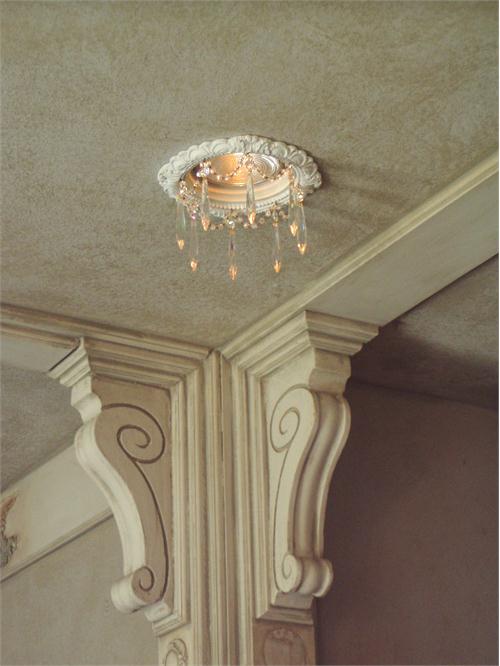Home maintenance is no easy task – ask any home owner! And once you make your home warm and cozy and oh so inviting – you have to be prepared for unexpected guests. Your mother in law is not the only unwelcome guest that may show up unannounced. RODENTS love to come into your warm, dry home during the cold and wet winter months. They come seeking shelter and food and they are capable of doing incredible amounts of damage to your home, including your electrical system.
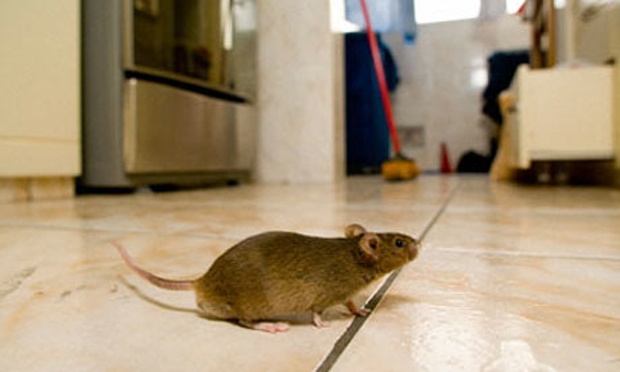
WHY do rodents chew on wiring?
Rodent teeth are very sharp and capable of chewing through your electrical wiring system. Because rodent’s teeth never stop growing, they are always chewing on things to wear their teeth down and control the length of their incisors.
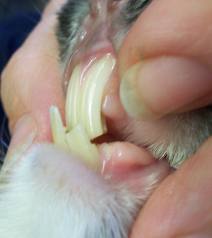
Left unchecked, a rodent infestations can result in costly damage to your home electrical system – but don’t worry! A1 Electrical can help repair any rodent damage with our team of electricians in the greater Sacramento area. Some examples of the damage that we can repair are:
Damage to your appliances: When wires get chewed, it creates a hazardous situation where power surges or arcing can occur. Either of these situations can permanently damage your electrical appliance.
Wire Damage: If a rodent infestation is left unchecked, they can chew through wires day and night. Eventually, your entire system may have to be replaced if the damage is too extensive.
Fire Risk: Exposed wires are ALWAYS dangerous. If the exposed wires make contact with flammables, it can trigger an electrical fire.
Please call us to repair any rodent damage before it creates an unsafe situation in your home! A1 Electrical 916-482-3400.
How can I prevent Rodents from Chewing on my Wires?

The first step is rodent abatement measures. Whenever rodents are present, they have the opportunity to chew and damage wires in your system. They must be eliminated to prevent damage. You can contact a pest control professional or handle the situation using humane traps, traditional traps or poisons. But one way or another, the rodents must go. Once they are gone and any damages are repaired, you must focus on prevention and early detection.
Routinely clean and inspect crawl spaces and other rodent-friendly hiding places. Clean old cupboards, closets and attics where a mouse or rat may like to nest. Check them frequently for signs of infestation – nests, chew marks or rodent droppings.
Repair entry Points. Check your home for cracks, holes or other areas where rodents may be accessing entry. Do not ignore damage that can allow a rodent entry. Your home is warm, it is full of food and, unless you have a hungry house cat, safe. A rodent WILL find a way in, if there is one.
Keep your Roof Clear. Cut overhanging branches that may act as a bridge to allow rodents access to your roof. Cut climbing ivy so that it cannot be used as a ladder to gain roof access by hungry rodents.
Take out the Trash. The odor of decomposing foodstuffs are like a beacon to rodents – they will find a way to get to those enticing food smells – even if it means chewing a hole through your wall!
What do I do if I HAVE a Rodent Infestation?
First, contact a pest control specialist immediately. No one wants to spend money on pest control, but in this case, an ounce of prevention is worth a pound of cure. For every dollar your spend eradicating a rodent problem, you will save several more when comparing the cost with repairing rodent damage after the fact. Rodents WILL damage your electrical system and CAN cause an electrical house fire which would put yourself and your family at risk. Rodent infestations need to be taken very seriously. Aside from the damage rodents can do to the structure of your home, they also often spread disease and bring fleas into the home which can cause skin irritation and also spread diseases, some of which are deadly.
Damages!
If you have wiring damages from a rodent infestation, give A1 Electrical a call. We can come and help you get your electrical system back to being safe and functional. We service the greater Sacramento California area including El Dorado Hills, Elk Grove, Rocklin, Roseville, Rio Linda and more! 916-482-3400

